FREE Shipping on Orders over $89 with Account – Create One Today!
- (844)-859-9400
- Get Help
Showing 1–16 of 96 results
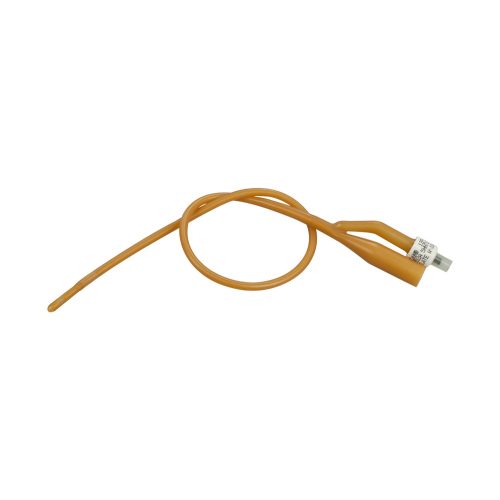
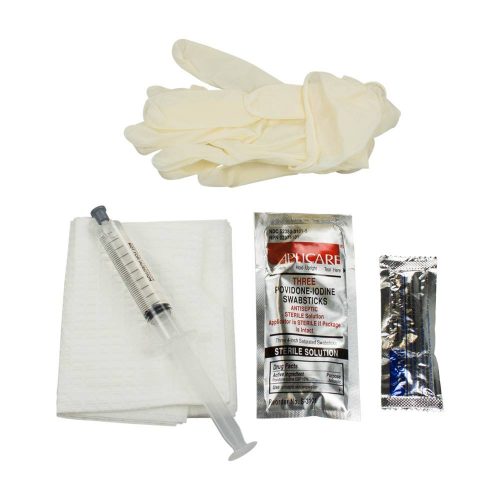
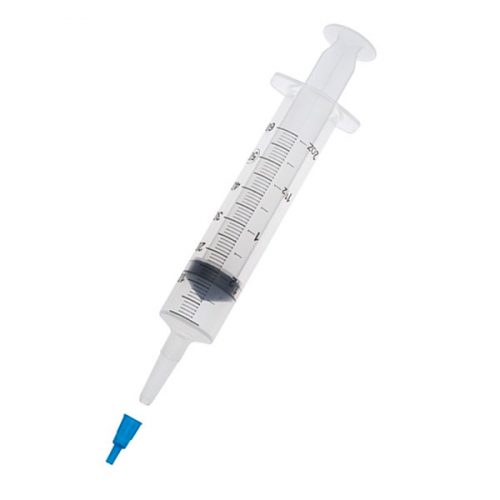
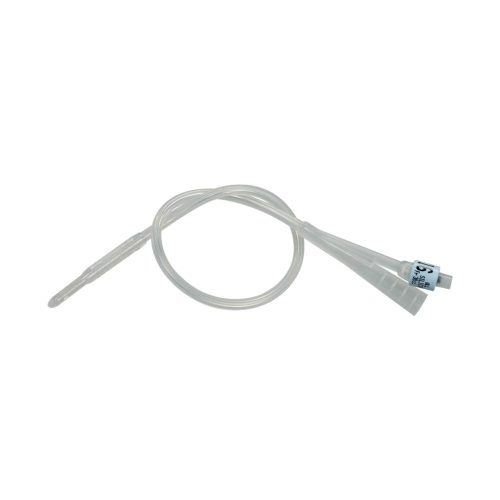
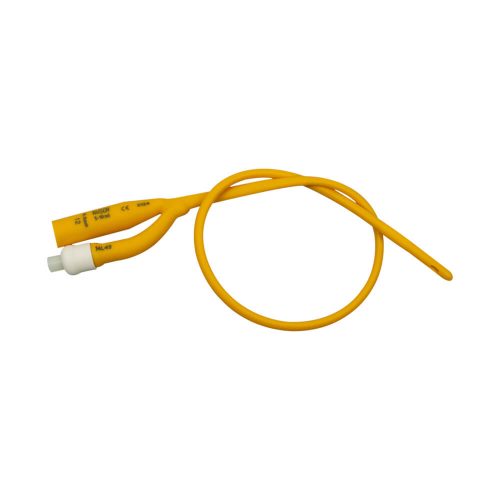
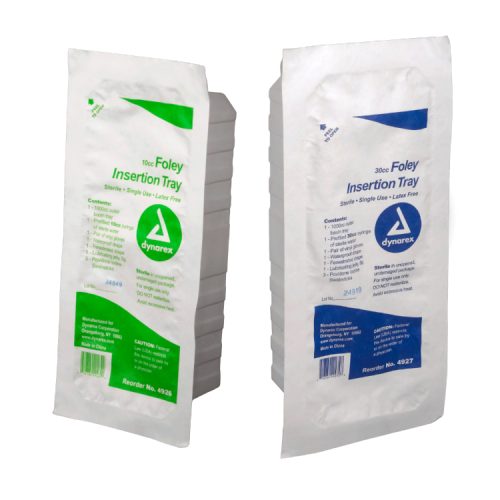

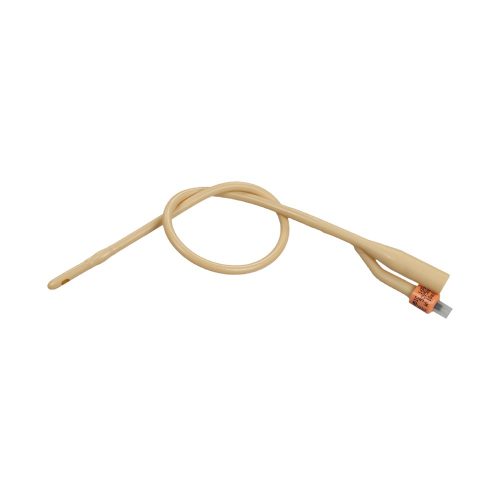


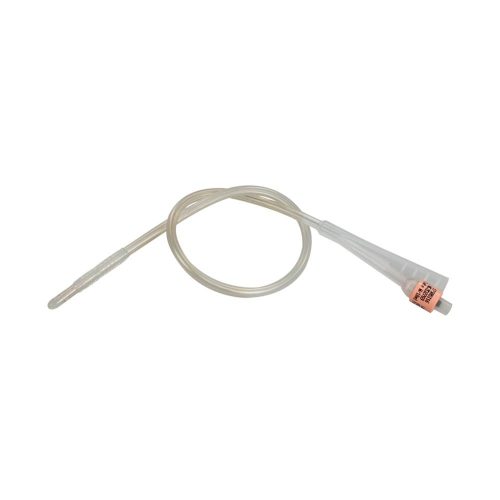

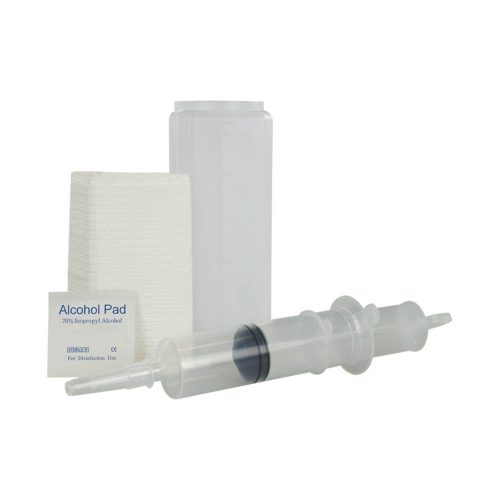
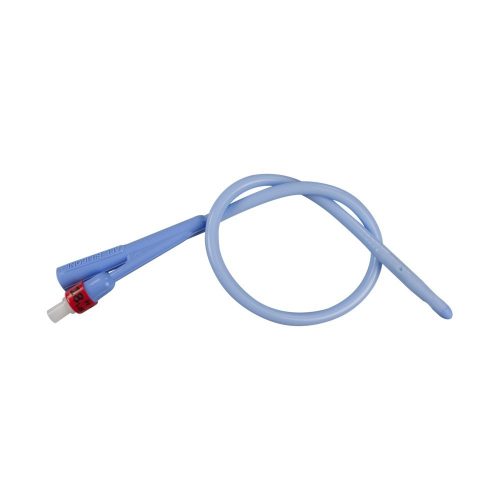
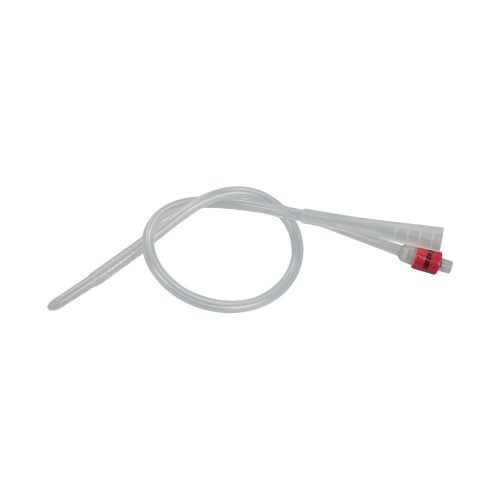
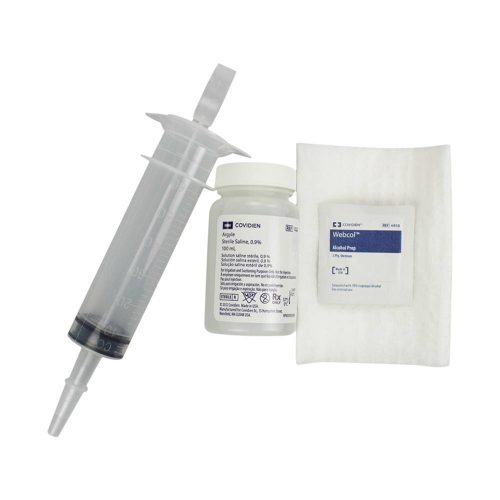
A Foley catheter, also called an indwelling catheter, is a slender tube that is inserted through the urethra and into the bladder to help drain urine. The end of the tube that goes into the bladder has a tiny balloon on it that gets filled with liquid after insertion to keep it in place. There are two-way and three-way Foley catheters. The type most commonly used is the two-way, which has one port for draining urine and a second for inflating the balloon. Three-way Foley catheters have an additional port for administering medications.
A type of indwelling catheter, a Foley catheter is typically inserted through the urethra. However, depending upon the patient’s medical condition, the tube may pass through a hole in the abdomen. This latter solution is referred to as a suprapubic catheter.
After application, a balloon located at the end of the catheter in the bladder is filled with sterile water, via a syringe. This helps the catheter remain in place. For removal, the balloon will be deflated. Once a Foley catheter is inserted, the urine passes from the catheter tube into a collection or drainage bag. Once the bag is full, the patient or caretaker empties it out.
As a type of indwelling solution, Foley catheters are designed for long-term use, although they may be inserted for short-term purposes, including before or after surgery to manage or measure a patient’s urine.
Because infection risks exist, Foley catheters should remain inserted for only as long as necessary. Patients requiring this solution on a day-to-day basis must get in the habit of cleaning and irrigating their catheter system.
Contrary to other catheterization solutions, Foley catheters aren’t recommended for incontinence. Rather, doctors steer patients this direction if they’re experiencing difficulties with emptying their bladder. Common scenarios include:
For urine retention or other bladder disorders affecting sensation or the flow of the urinary stream, including nerve-related conditions.
• If a condition such as prostate cancer obstructs the urethra.
• To collect or monitor the output of urine.
• For imaging of the urinary tract.
• Following surgery.
Find Foley catheters designed for men, women, children or universal use in this inventory. Some are made from latex, others from latex-free silicone and many are coated with antimicrobials to lower infections risks or hydrogels or other lubricants for more comfortable insertion. Find full Foley insertion kits with and without a catheter.
Please be aware that self-administration of a foley catheter should be approved by a doctor.
Before application, the area surrounding the catheter must be thoroughly cleaned with a sterile solution. Wash your hands before and after emptying or handling your Foley catheter, and clean the area around it frequently. This step should ideally be done at least twice per day and helps with preventing UTIs related to catheter use.
Before insertion, the catheter tube should be lubricated for smooth application. At one end, a deflated balloon should pass into the urethra. To make this process as seamless as possible, it’s recommended that a patient take slow, deep breaths or to release as if attempting to urinate.
Once urine begins to flow from the catheter, the patient or caretaker should fill the balloon at the end with water. The other end of the Foley catheter should be attached to the drainage bag for collection.
If a leg bag is being used, it should be positioned below the bladder and secured with a Velcro or elastic strap to stay in place under the patient’s clothing. If a bedside drainage system is being used, the bag will attach to a bedframe. Unless the bag is being emptied, it should not be detached while the catheter is in use.
Following insertion, secure the catheter tube to your body with tape or a stabilization device like Cath-Secure Plus to reduce irritation and risk of infection. This also reduces pain and potential bladder spasms while the catheter is inserted and helps the patient move without pulling out the tube and causing trauma to the area. As well, Foley catheters should never be removed when the balloon is fully inflated, as this can damage the urethra and cause permanent trauma.
Patients may notice that urine flow may slow or stop. This can be due to a blockage within the tube, including from mucous, a blood clot or another source. At this point, irrigation with a Normal Saline solution helps clear the tube. Follow your doctor’s recommendations for Foley catheter irrigation. Find irrigation kits containing all supplies to perform this routine at home.
Empty the drainage bag when it is about half full and at bedtime.
This process should be completed in the morning after the patient takes a shower and in the evening before bed. In the morning, the night bag should be switched to a leg bag, and in the evening, the patient should switch out the leg bag for the night bag. During the day, patients should drink one to two glasses of liquid every couple of hours.
Patients can shower while a Foley catheter is in place. However, the system should be removed for baths to reduce the risk of infection.
Make sure all supplies are cleaned regularly to avoid the buildup of bacteria, which can increase a patient’s risk for infection.